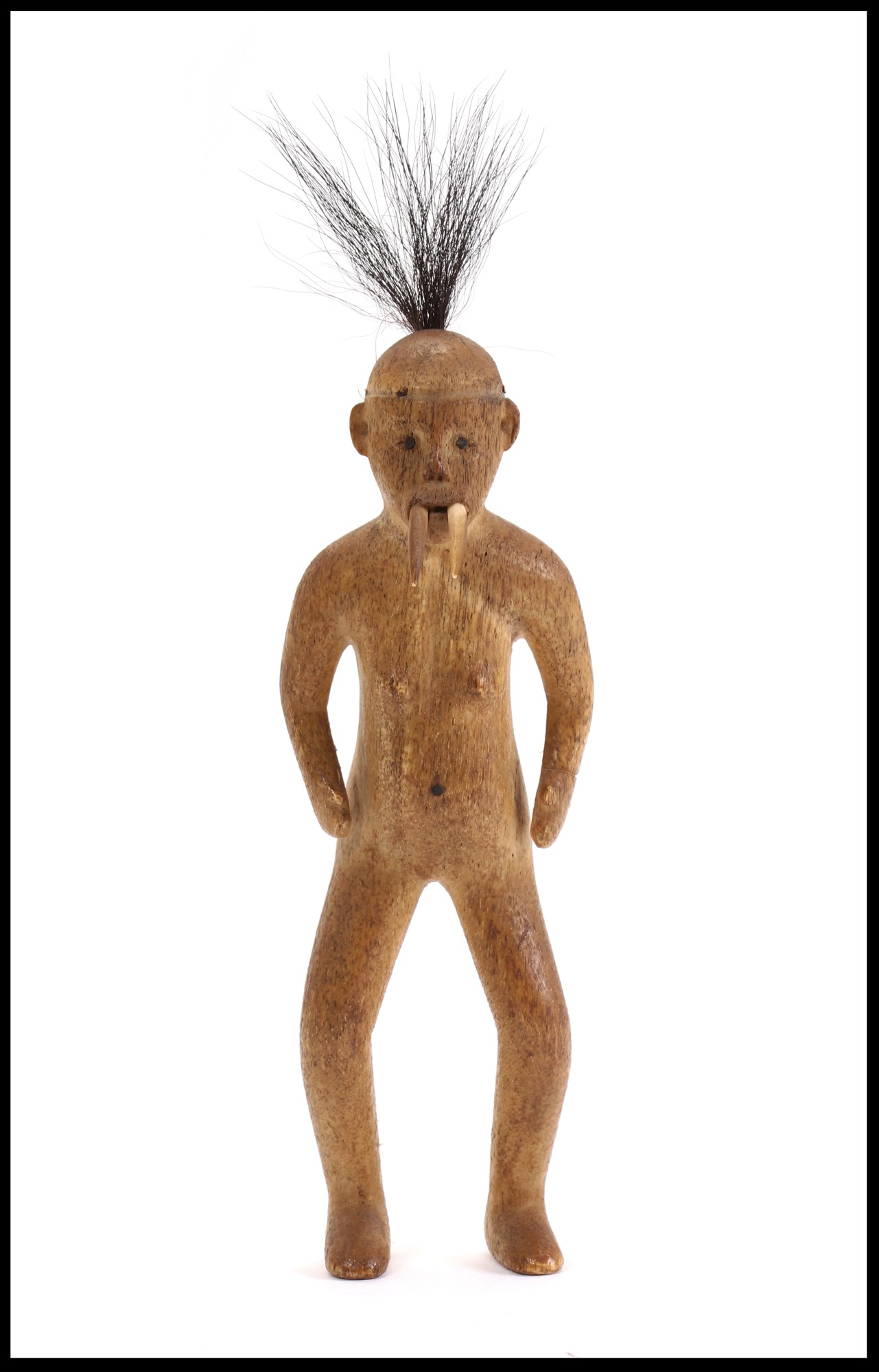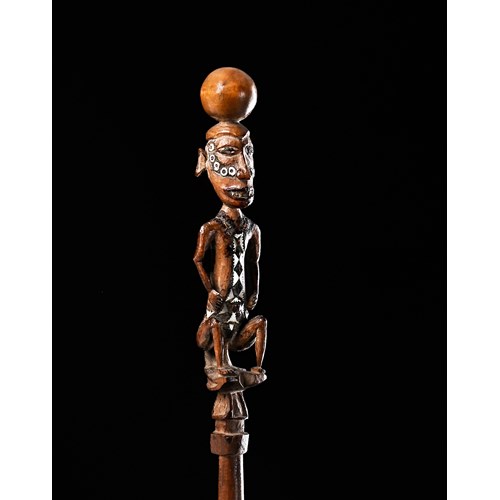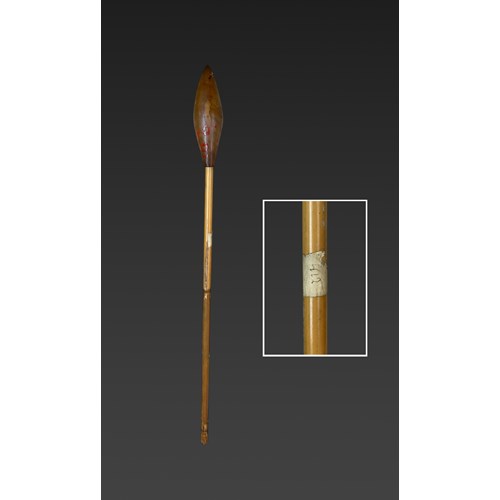The Walrus-Man/woman, A shamanic figure of the Eskimo world…
Shamanism forms the heart of the Anamistic World. The key figure across the Arctic world in mediating between species : Man and Prey and between the spiritual and the physical world, was the shaman, or angekkok.
He or she is a pivotal figure essential to the inter-relationships between different life forms, able to travel between the natural and supernatural realms.
To communicate with the spirit world, shamans used a special magical language. People, animals and hunting implements could not be referred to by their usual names, so for example the walrus, usually aaviq, became sitdlalik in incantations. Perhaps the most vital aspect of the shamans' role was their relationship with Sedna.
Sedna the great undersea goddess who must have her hair combed by a shaman in order for her to release the bounty of the seas which feed the Eskimo.
« Sedna, a young girl, lived alone with her widowed father. Cunningly, she was seduced by and married a shaman (or according to other versions, with a fulmar, a man-bird or with a dog). After a while on his distant island, his father heard complaints beyond the sea: it was his daughter who was being mistreated. He boarded his kayak to fetch her and paddled back towards their island. Seeing Sedna run away, her husband with his supernatural powers ordered the sea to break loose. Seeing death approaching, the father sacrificed Sedna by throwing her to the sea, but by clinging to the edge she put the kayak in danger. The father then cut off his daughter's fingers, which became fish, her thumbs and hands, became seals, whales and all the marine animals. Sedna sank to the bottom of the sea where she still resides as a goddess. When the hunt is not good or the sea is rough, the belief is that Sedna is angry because her hair is tangled and, having no hands, she cannot comb it. It is then that the shaman, through their magic, descends into the depths and combs Sedna’s hair and thus restores calm to the ocean and its creatures. This legend causes the male Eskimo to treat the sea and women with respect. »
To the Inuit, if rituals were not correctly observed, or taboos were broken, Sedna would become too depressed to comb her hair. Sea mammals would become tangled in it and would not come to the surface to be hunted. Given such potentially catastrophic responses from animals, relationships with sea-creatures needed careful attention.
As one Inuit elder describes, 'shamans must swim down to the depths of the sea and comb Sedna’s hair for her. And in her gratitude, she offers humankind all the creatures of the sea.
The shaman was the intermediary between the goddess and mortals, transmitting her wishes and conveying human prayers.
As a further example of how intimate the relationship could be between the Eskimo and their prey there is the story told that describes a walrus being dismayed at a Greenlandic family concealing a miscarriage, reacted in dramatic style, grasping a man 'with his huge fore-flippers, just as a mother picks up her little child', and dragging him into the sea and trying to pierce him with his tusks before finally letting him go.
In the Arctic, shamanism focused on the quality known in as qaumaniq, generally translated as 'vision', an experience in which the shaman was able to recruit the assistance of tuurngait, the helping spirits. The visionary powers aided the angekkok in a range of social functions : teaching, healing, exposing members of the community who broke taboos and directing hunters to their prey.
Shamans could be either men or women and initiation followed lengthy training, often after a kind of apprenticeship to an existing angekkok.
To return to the walrus – Human link, it is in the task of visiting Sedna that a particular connection between shamans and walruses emerges.
Many shamans were reportedly able to transform themselves into walruses in order to undertake the difficult journey to the Sea Goddess's home at the bottom of the sea. Frequently, the guardian spirits of an angekkok would include a walrus, or at least a being with the head of a walrus. Walruses were also central in the elevation of an angekkok from a lower to a higher grade of practitioner. In some parts of the Arctic, shamans were divided into those called an ekungassok : those skilful but lacking in strength, and those known as a poolik : who were consummate masters of their art. The promotion in status from ekungassok to poolik hinged to a large extent on the shaman's relationship with bears and walruses.
Henry Rink, who published a volume of Tales and Traditions of the Eskimo in 1875, reports that it was 'by being able to invoke or conjure a bear and a walrus' that a shaman became a poolik. After the bear has been conjured it seizes the shaman and 'throws him into the sea', whereupon 'the walrus, devouring them both, afterwards throws up the shaman’s bones on the beach, from which he comes to life again', transformed to the higher shamanic potency.
Shamanic traditions had resonance well beyond the Arctic. Norse mythology features numerous shape-shifting mages, and there is even a walrus transformation. In the fifteenth-century Saga of Hjalmper and Diver, an evil king pursues the heroes in the form of a walrus 'angry and frightful to behold'. The walrus king is defeated and killed by a warrior in the form of a swordfish and his own daughter in the form of a porpoise.
Provenance: Collected during the "5th Thule Expedition" of the Dane Knud Rasmussen (1921-1924) by the expedition photographer Leo Hansen in 1924. His son by descent. Ex coll. : David Utzon-Frank, Copenhagen.
Literature: Photographe of the figure still with the leather head and chest bands present (now missing) in the lodging of Leo Hansen in Alaska in 1924. Photo by Leo Hansen in 1924 during the "5th Thule Expedition" of the Dane Knud Rasmussen (1921-1924) : Figur af åndemaner, Leo Hansen, Fra 5. Thule Ekspedition, 1923 (?), Copyright, Arktisk Institut, Foto ID 25162
Leo Hansen : self portrait on the ice floes: Figur af åndemaner, Leo Hansen, Fra 5. Thule Ekspedition, 1923, Copyright, Arktisk Institut, Foto ID 25162
More artworks from the Gallery









